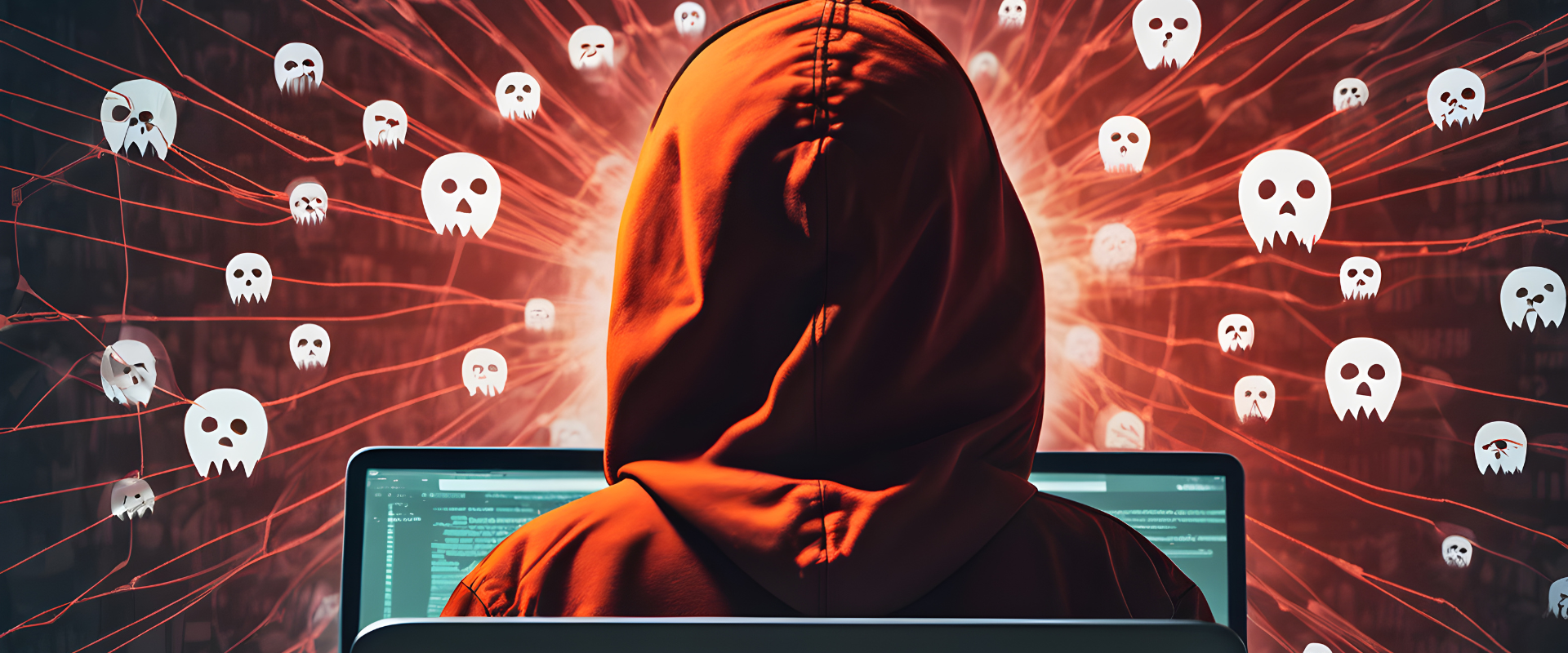
Deepfake Fraud: The New Frontier of Cybercrime
By, Webmaster
- 12 Nov, 2025
- 4.6k Views
When Seeing Is No Longer Believing
The line between truth and deception has never been thinner.
With the rise of deepfake technology hyper-realistic audio, video, and images generated by artificial intelligence cybercriminals are entering a new era of manipulation. What started as entertainment or digital experimentation has quickly evolved into one of the most dangerous cybersecurity threats for businesses worldwide.
From fake CEO calls authorizing fraudulent transfers to counterfeit videos used in disinformation campaigns, deepfakes are blurring the boundaries between reality and illusion. The result? A new type of fraud that targets trust itself the foundation of every business relationship.
How Deepfake Fraud Works
Deepfake fraud leverages advanced AI and machine learning models, such as Generative Adversarial Networks (GANs), to replicate voices, faces, and gestures with astonishing accuracy.
Here’s how a typical attack unfolds:
Reconnaissance: Attackers collect public data videos, voice recordings, photos, or interviews from social media and company websites.
Synthesis: Using AI tools, they clone a person’s voice or face to create a realistic deepfake.
Execution: The fake identity is used to manipulate employees, clients, or partners often via video calls, emails, or voice messages to authorize transactions or share sensitive data.
Exploitation: The fraudulent request succeeds before anyone questions its authenticity.
Deepfake scams are especially dangerous because they exploit human trust even trained professionals can be deceived by realistic digital impersonations.
The Rising Threat Landscape
Deepfake attacks are rapidly evolving, affecting both the private and public sectors:
Financial Fraud: Attackers impersonate executives or partners to approve fake payments or contracts.
Disinformation Campaigns: Synthetic media is used to manipulate public opinion or damage reputations.
Corporate Espionage: Fake conference calls or internal briefings can trick employees into revealing confidential strategies.
Identity Theft: AI-generated faces and voices are used to bypass biometric authentication systems.
Stock Manipulation: False CEO statements or “leaked videos” can trigger market fluctuations in minutes.
As generative AI becomes more accessible, deepfake technology is moving from advanced cybercrime groups to amateur scammers multiplying the scale of the threat.
How to Protect Your Organization
Defending against deepfake fraud requires a mix of technology, education, and vigilance:
Employee Awareness: Train teams to verify unusual requests, even when they appear to come from trusted individuals.
Verification Protocols: Implement secondary approval processes for financial transactions and data access.
AI-Powered Detection: Deploy tools that analyze digital content for inconsistencies, such as unnatural blinking, lip-sync mismatches, or acoustic irregularities.
Secure Communication Channels: Use encrypted and authenticated platforms for internal and executive communications.
Incident Response Planning: Establish procedures for verifying suspicious media and responding quickly to potential fraud attempts.
Conclusion
Deepfake fraud represents the next generation of cyber threats where technology targets perception itself.
In this new reality, the ability to verify authenticity is as critical as protecting infrastructure.
Businesses that combine advanced detection tools, strict verification policies, and employee education will be best equipped to face this challenge.
Because in the age of deepfakes, trust must be earned and verified.
Recent Posts
- Deepfake Fraud: The New Frontier of Cybercrime
- Cloud Security Challenges: How to Protect Your Data in a Borderless Digital World
- AI in Cybersecurity: How Artificial Intelligence is Changing the Fight Against Cyber Threats
- Zero Trust Security: Why Traditional Defenses Are No Longer Enough
- Social Engineering Attacks: How Hackers Manipulate Human Behavior to Breach Security
Category
- Cyber Security (84)
- Vulnerability Assessment (68)




